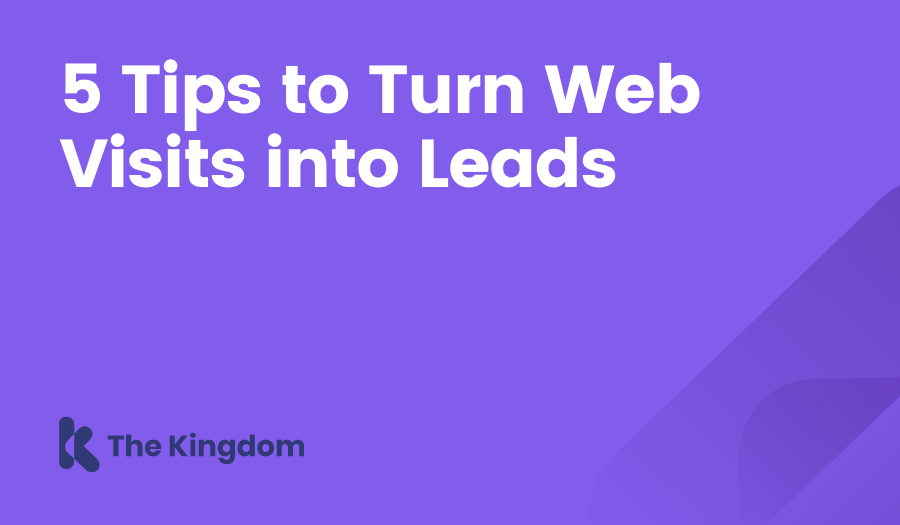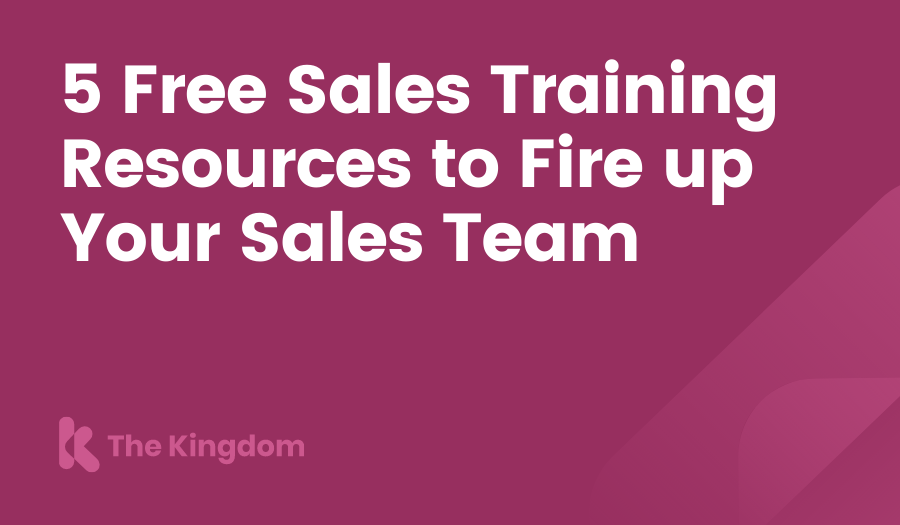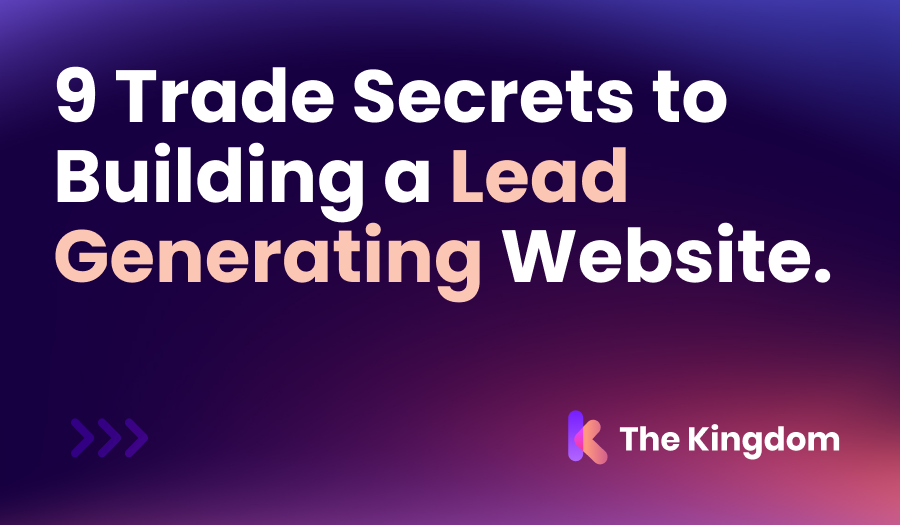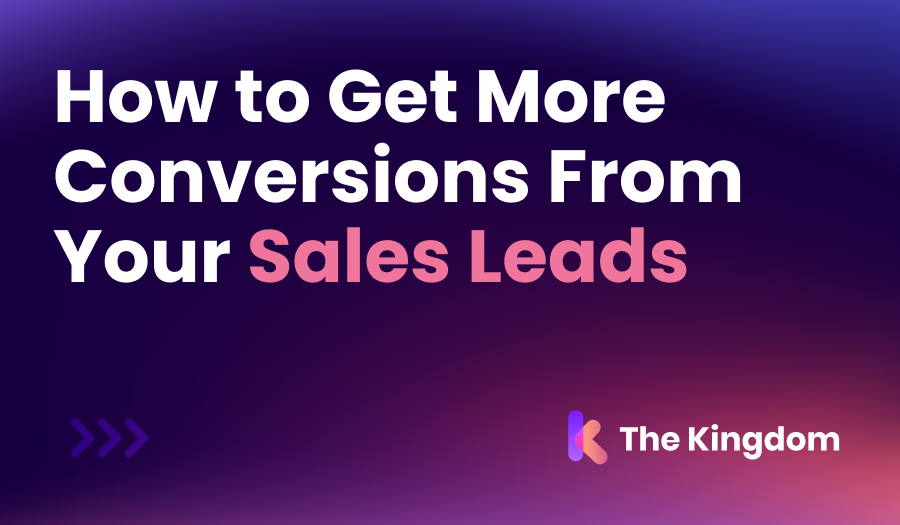Any business owner or marketer knows that web visits don’t equal sales. Marketing software like HubSpot shows us that very few web visitors become Sales Qualified Leads—and that number is even lower for converting SQLs-to-Customers. For most B2C and B2B businesses, it’s not until your team reaches out to your lead that they become a sale. The question is, then, how do I turn my web visitors into leads?
The answer is inbound marketing. If you’ve browsed a bit around our website, you’ll have seen the term before. The goal of inbound is to attract your future customers to your website with amazing content, then guide them down the sales funnel. So what does that process look like?
Content and Offers
Content is the backbone of the inbound methodology. The way people shop has changed since Google – now they start with a search to find the answers about the service or product they’re interested in. Content has those answers. Blog posts, eBooks, infographics, slideshows, videos, podcasts – to name a few – are all different ways you can answer your visitors' questions.

Putting content on your website isn’t hard. We’ve covered a few things in previous posts, such as using tools like Grammarly and Hemingway to check your writing, or Canva to make beautiful images. Slideshare, YouTube, iTunes – all of these are free apps to help you get started.
The biggest resource you’ll need is your own time and dedication. It takes time to create content, which is why outsourcing can be a great idea to get your content rolling.
Calls-to-Action
Content brought your visitors to your website, but now you have to convert them into leads. The easiest way to do that is with what we inbound marketers call “Calls-to-Action,” or CTAs. CTAs are clickable buttons that help lead your visitor around your website and down through the sales funnel. One of our favorite tips at The Kingdom is to have CTAs on each page that allow your visitor to stay within the same stage of the buyer’s journey or take the next step down the funnel. That way, if your content has piqued their curiosity, the next steps are right in front of them. Best of all, you’re guiding their path.
Great CTAs are easy to make – the clearer they are, the better they work. A simple image made in PowerPoint or Canva can be uploaded to your website and linked to your next page. More advanced software, like HubSpot, allows you to not only make these CTAs but also categorize them and track their metrics, so you can watch over their performance and tweak them.

Landing Pages
Some CTAs will help guide your web visitors around your website, but the most powerful ones will take them to landing pages. Landing pages are the front door to your best content. You’ve probably seen one before—they have a short introduction that lays out the benefit of your content, and they ask for some of your visitor’s information. As a rule of thumb, your landing pages should be a sales pitch for the content.
If your visitor isn’t sold on the content on your landing page, they won’t fill out the form.
Landing pages should tie into your CTA with very similar language so that the offer is easy to understand. They should be visual but easy to scan, so don’t use too many images. The best landing pages have things like a thank you page and a follow-up email to help your visitor find your content again.
Forms
Inbound marketers love forms. Now hold on—we know the word “form” has a pretty ugly connotation in most people’s minds. The government loves forms, and you’ve never gone to the doctor’s office without spending fifteen minutes with a clipboard. In marketing, forms mean contacts, and contacts are currency.
Getting people to fill out your forms can be difficult, though. Not every person who sees your CTA will click on it, and even fewer will fill out the form. Often, that’s because companies ask too much—no one wants to fill out five different fields when they’re browsing on their phone.
Keeping your form short is one of the best tips we have.
Once you have the contact, you can get all that other information as they travel down the funnel. Forms are an incredibly powerful way to grow your contacts list, which is why we always recommend that businesses who are serious about marketing should invest in a good CRM tool to keep all their contacts organised.
Channels
So you have all the pieces in place to guide your visitors through the sales funnel, but that doesn’t mean that leads will just start pouring in. Bringing people to your website is still probably going to require some work on your part. SEO or Search Engine Optimisation is critical to getting your website ranked on Google in the first place. Then there’s “digital word-of-mouth”—using your current contacts to help promote your message. You can do this with email and your social media channels. Both personal and business accounts should be used for social media because you never know who’s going to share.
Finding the right channel can be tricky. Tactics like Pay-Per-Click and paid advertising on social media can bring in traffic, but you’ll have to be careful to make sure you’re not over-investing in one kind of ad. SEO can become very confusing, especially if you don’t have the right tools at hand to make sure you’ve optimised your pages for your target topic and audience. The most important thing to remember, though, is to only share out quality content.
The goal is not to spam your contacts with offers they don’t want, and paying to promote content to the wrong audience is just wasted money.
So now you’re armed with the knowledge to go out and make your website become a lead-generating powerhouse. Want to learn more? Luckily enough, The Kingdom has a guide full of lead generation ideas to make sure you’re armed with the knowledge you need to know. The Kingdom is fully invested in inbound, we are an inbound marketing agency and we firmly believe that this is the future of marketing.
It’s easy to get excited about inbound because it works, but it’s important to remember that it does take time. Time to create your website’s content, time to plan out its strategy, and time to work.
Really successful websites will have hundreds of pages, and it will still take months before they start seeing their leads spike.
Outsourcing your marketing to a HubSpot Accredited Partner might ultimately save you time and money, which is something to keep in mind.
The great thing about inbound and about following these five tips is that, once these pages are set up, your marketing process becomes automated! Even businesses that previously suffered from irregular lead generation will see their pipeline smooth out. It's worth doing all the work that it takes to get inbound set up, because it means you’ll be letting your website qualify your contacts before you ever reach out.
P.s. Now that you know what to look for, take another look at this page to see our lead gen tips at work.



